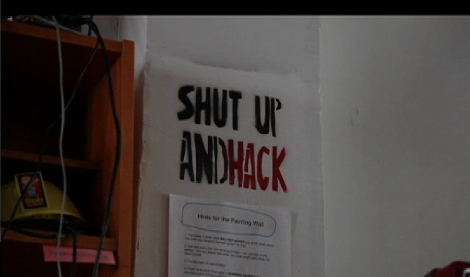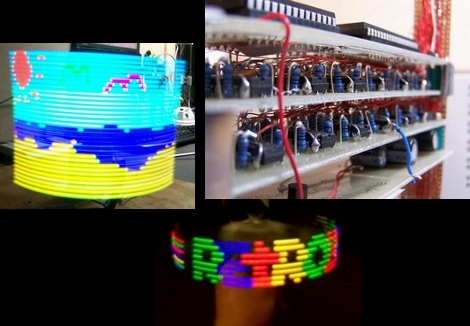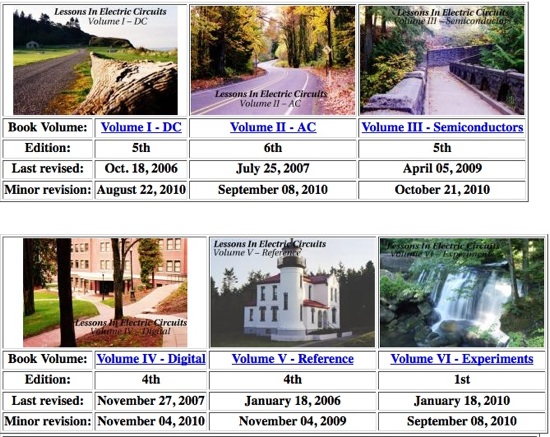
Looks like some hardware enthusiasts have worked out a method to enable debug mode within AMD processors. The original site isn’t loading for us, but the text has been mirrored in this comment. Getting the chip into debug mode requires access passwords on four control registers. We’ve read through the writeup and it means very little to us but we didn’t pull out a datasheet to help make sense of the registers being manipulated. It shouldn’t be hard to find an old AMD system to try this out on. We’d love to hear about anything you do with this debug system.
[via Slashdot]
















